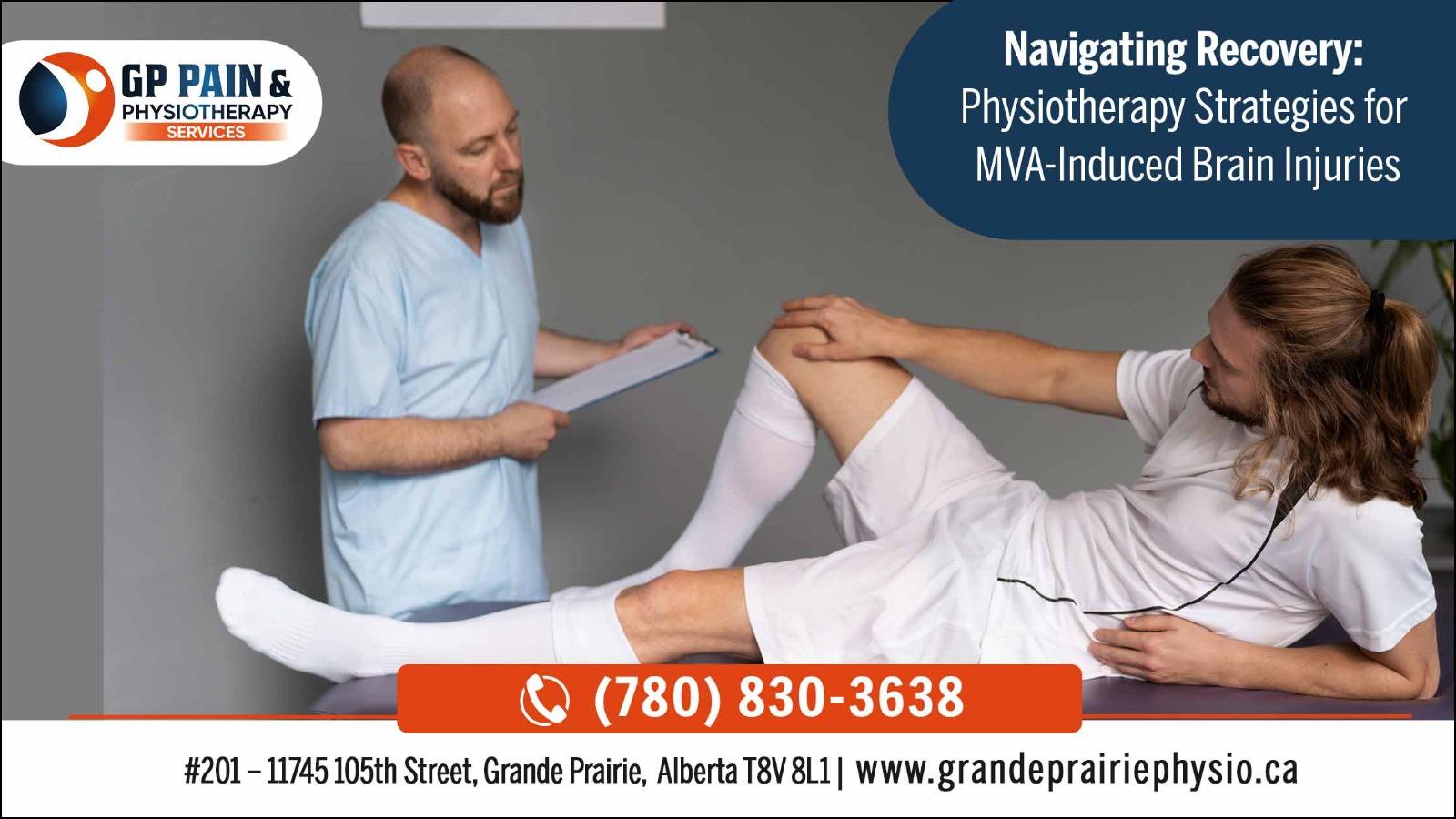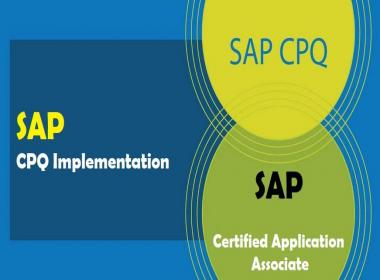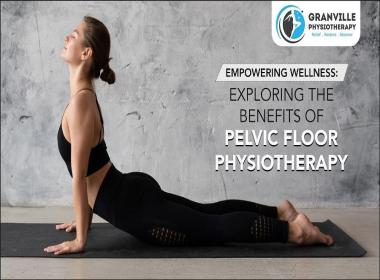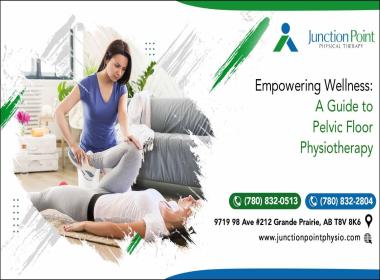
Motor vehicle accident (MVA) physiotherapy focuses on the assessment, treatment, and rehabilitation of individuals who have sustained injuries as a result of car accidents. Motor vehicle accident physiotherapy in Grande Prairie aims to help individuals recover from their injuries and regain optimal function and mobility, ultimately improving their quality of life.
Physiotherapy Strategies for MVA-Induced Brain Injuries:
Recovery from motor vehicle accident-induced brain injuries can be complex and challenging, requiring specialized car accident physiotherapy strategies tailored to the individual's needs. Here are some key MVA physiotherapy strategies for navigating recovery from MVA-induced brain injuries:
Vestibular Rehabilitation:
Many individuals with brain injuries experience vestibular dysfunction, leading to symptoms like dizziness, vertigo, and imbalance. Vestibular rehabilitation exercises aim to improve balance, gaze stability, and proprioception, reducing symptoms and enhancing functional mobility. Common vestibular rehabilitation exercises are:
Gaze Stabilization Exercises:
Smooth Pursuit: Patients track a moving target smoothly with their eyes, helping to improve the ability to visually track objects.
Habituation Exercises:
Repeated Exposure to Provocative Stimuli: Individuals gradually expose themselves to movements or environments that trigger symptoms (e.g., head movements, busy visual environments) to desensitize the vestibular system and reduce symptoms over time.
Balance and Coordination Training:
Balance and coordination exercises help improve postural stability, gait, and overall mobility. These may include static and dynamic balance exercises, proprioceptive training, and coordination drills to enhance motor control and reduce fall risk. Here is a specific example of a balance and coordination training exercise commonly used in MVA-induced brain injury physiotherapy:
Static Balance Exercises:
Single Leg Stance: Standing on one leg while maintaining balance for a set duration of time. Progression can involve closing the eyes or performing on unstable surfaces.
Tandem Stance: Standing with one foot positioned directly in front of the other in a straight line, challenging balance and stability.
Modified Romberg Test: Standing with feet together and arms crossed over the chest, maintaining balance with eyes open and then closed.
Gait Training:
Walking difficulties are common after brain injuries. Gait training focuses on improving walking patterns, stride length, symmetry, and endurance. This may involve treadmill training, overground walking practice, and the use of assistive devices as needed. Here are some examples:
Balance and Coordination Drills: These exercises are incorporated into gait training to enhance stability and coordination during walking. These drills may include walking on balance beams, performing heel-to-toe walking, or practicing side stepping.
Assistive Device Training: Learning to use assistive devices such as canes, walkers, or crutches can aid individuals with MVA-induced brain injuries in maintaining stability and improving mobility.
Cognitive Rehabilitation:
Cognitive impairments such as memory deficits, attentional difficulties, and executive dysfunction are common after brain injuries. Cognitive rehabilitation involves targeted exercises and strategies to improve cognitive function, including memory games, attention tasks, and problem-solving activities. An example of a cognitive rehabilitation exercise is:
Dual-Task Training:
This involves performing two tasks simultaneously, such as walking while engaging in a cognitive task like counting backward or naming objects. This exercise helps individuals improve their ability to divide attention and multitask, which is crucial for safe participation in daily activities like walking in crowded areas or driving.
Visual Rehabilitation:
Visual deficits following brain injuries can impact balance, spatial awareness, and overall function. Visual rehabilitation techniques focus on improving eye movements, visual tracking, and visual processing skills to enhance functional performance. Here is an example of a visual rehabilitation exercise commonly used in MVA-induced brain injury physiotherapy:
Visual Tracking Exercises:
Visual Tracking Activities: Tracking moving objects or patterns with the eyes, such as following a moving ball or a scrolling line on a screen.
Smooth Pursuit with Head Movements: Tracking a moving target while simultaneously moving the head side-to-side or up and down to challenge visual tracking in dynamic environments.
Sensory Integration:
Sensory processing difficulties may arise after brain injuries, affecting perception and motor coordination. Sensory integration therapy aims to optimize sensory input and response through activities that engage multiple sensory modalities. Example of sensory integration exercise commonly used in MVA-induced brain injury physiotherapy:
Auditory Sensory Exercises:
- Auditory Discrimination Tasks: Discriminating between different sounds or pitches to improve auditory processing skills.
- Music Therapy: Engaging in music-based activities to stimulate auditory processing and promote relaxation and engagement.
- Auditory Localization Activities: Identifying the source or direction of sounds to improve auditory localization and spatial awareness.
Manual Therapy in Rehabilitation for Motor Vehicle Accident-Induced Brain Injuries:
Manual therapy can be a beneficial component of rehabilitation for individuals with MVA-induced brain injuries, particularly when addressing musculoskeletal issues, pain management, and mobility limitations. Here are some manual therapy techniques commonly used in the rehabilitation of MVA-induced brain injuries:
Soft Tissue Mobilization:
Therapists use hands-on techniques to manipulate and mobilize soft tissues like muscles, tendons, and ligaments. This can help minimize muscle tension, improve flexibility, and alleviate pain caused by musculoskeletal injuries sustained in a motor vehicle accident.
Craniosacral Therapy:
This involves gentle manipulation of the skull, sacrum, and spine to promote relaxation, balance, and the release of tension in the central nervous system. While the evidence for its efficacy in treating brain injuries is limited, some individuals may find it beneficial for managing headaches, neck pain, and stress-related symptoms.
Navigating Recovery:
Motor vehicle accident physiotherapy in Grande Prairie addresses a wide range of conditions, from whiplash and soft tissue injuries to more critical conditions like spinal cord and traumatic brain injuries, and empowers individuals to regain independence in their daily routines and reintegrate back into their communities. The holistic approach of GP Pain Physiotherapy in Grande Prairie not only focuses on physical recovery but also considers cognitive, emotional, and social aspects, ensuring a well-rounded and patient-centred approach to rehabilitation.
In essence, motor vehicle accident physiotherapy in Grande Prairie embodies the commitment to restoring health, function, and dignity to individuals affected by car accidents, highlighting the profound impact of rehabilitation in overcoming adversity and reclaiming a fulfilling life post-injury.
Also read about:
Why Athletes Are Turning to Dry Needling for Performance and Recovery
Understanding Demat Account Trading Account Maintenance Best Practices
Best Furniture For Home in Dubai








